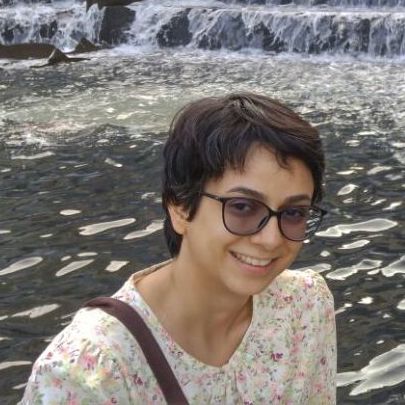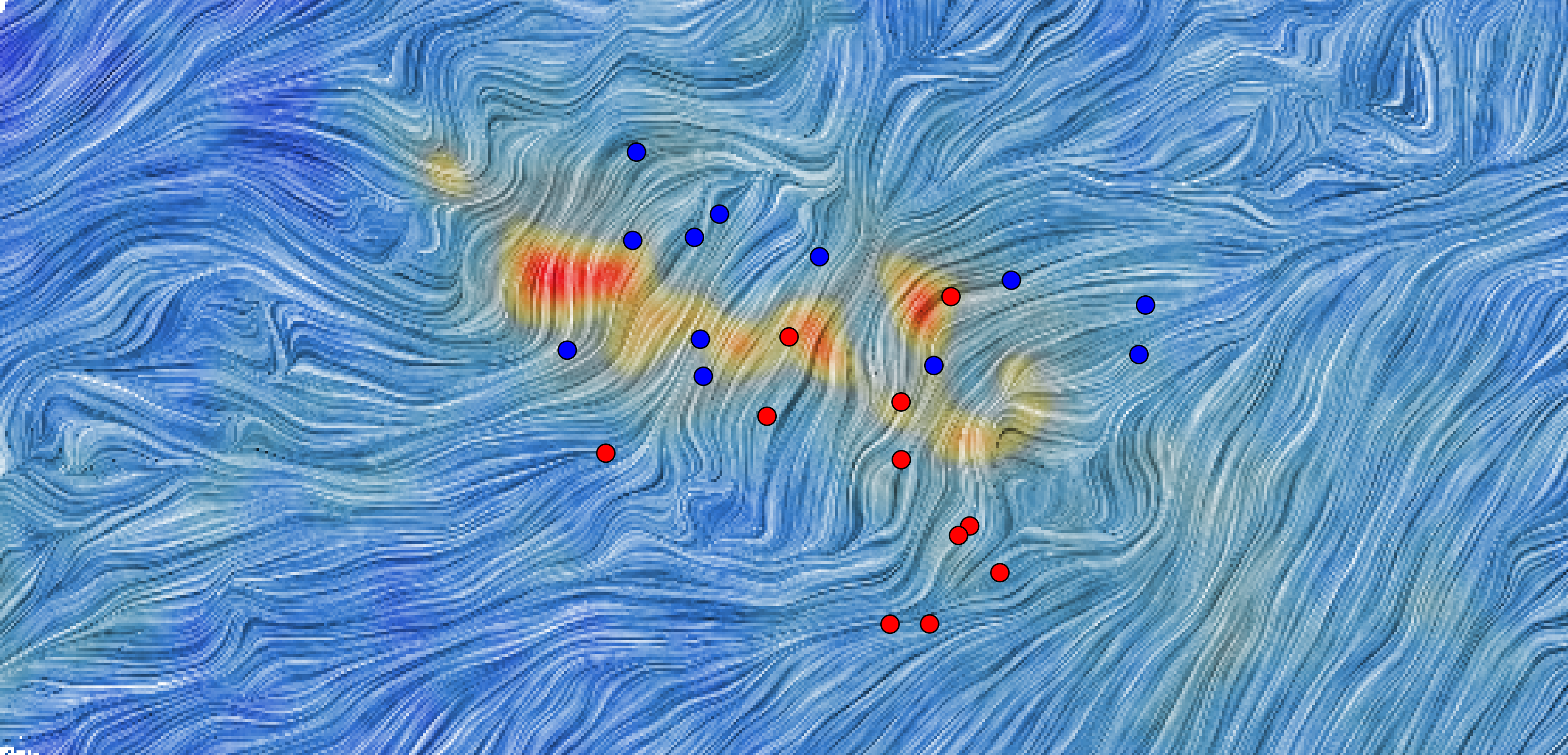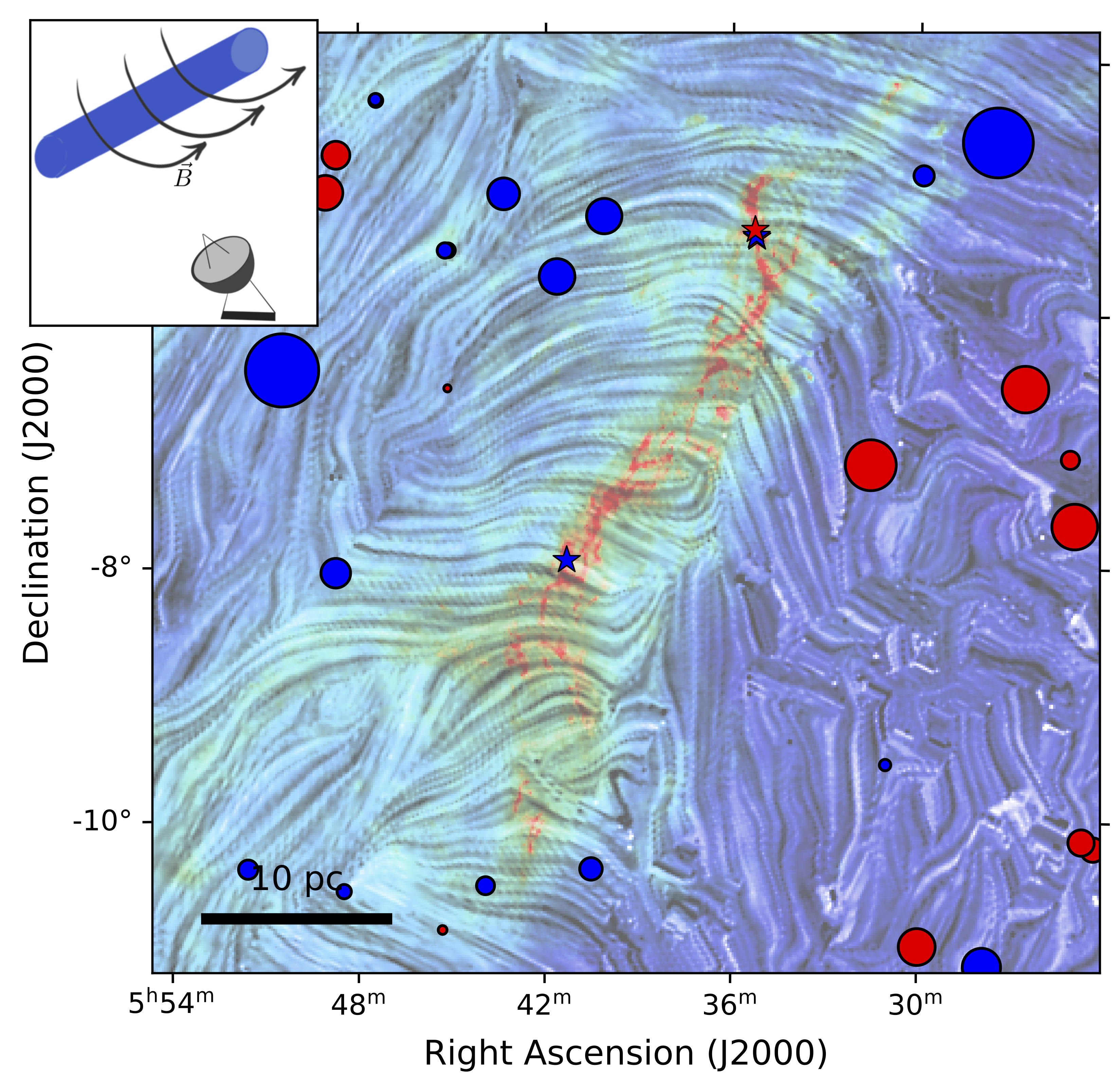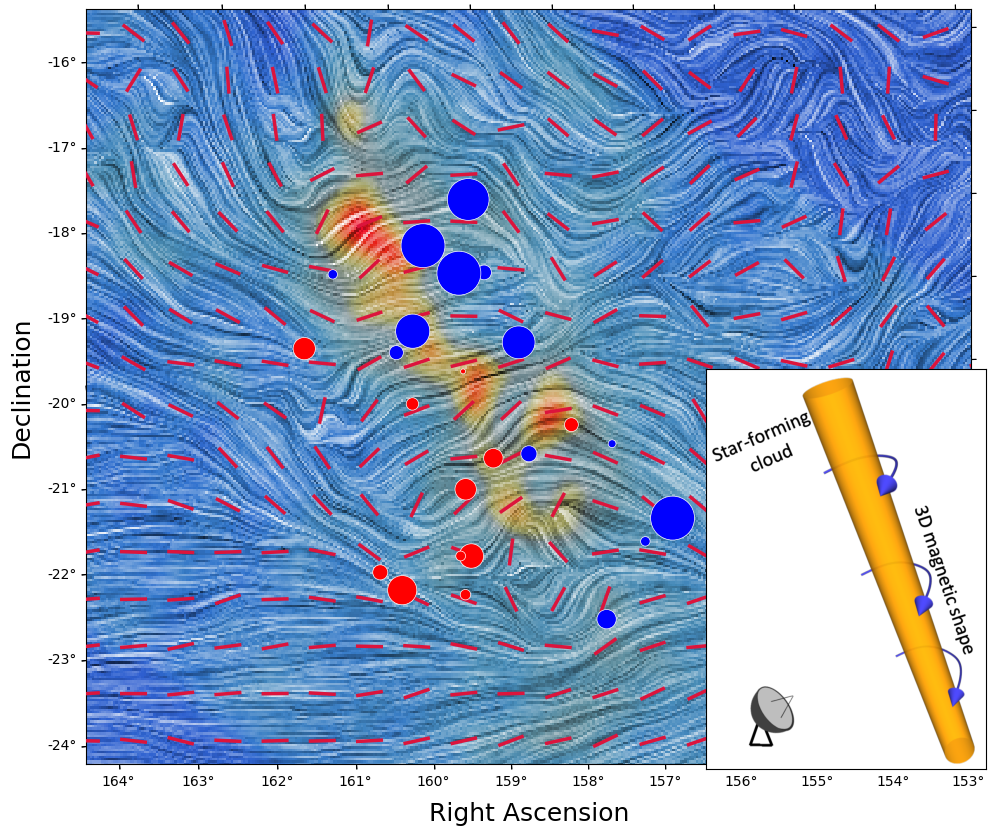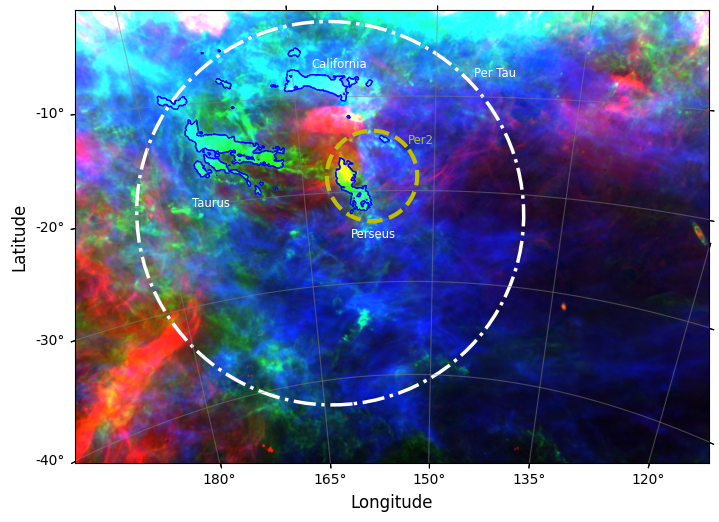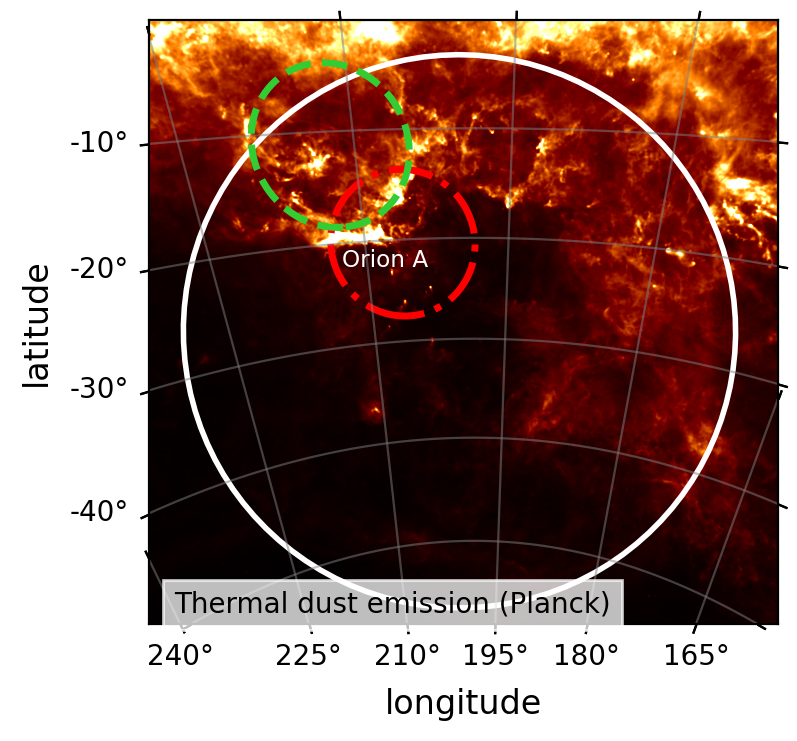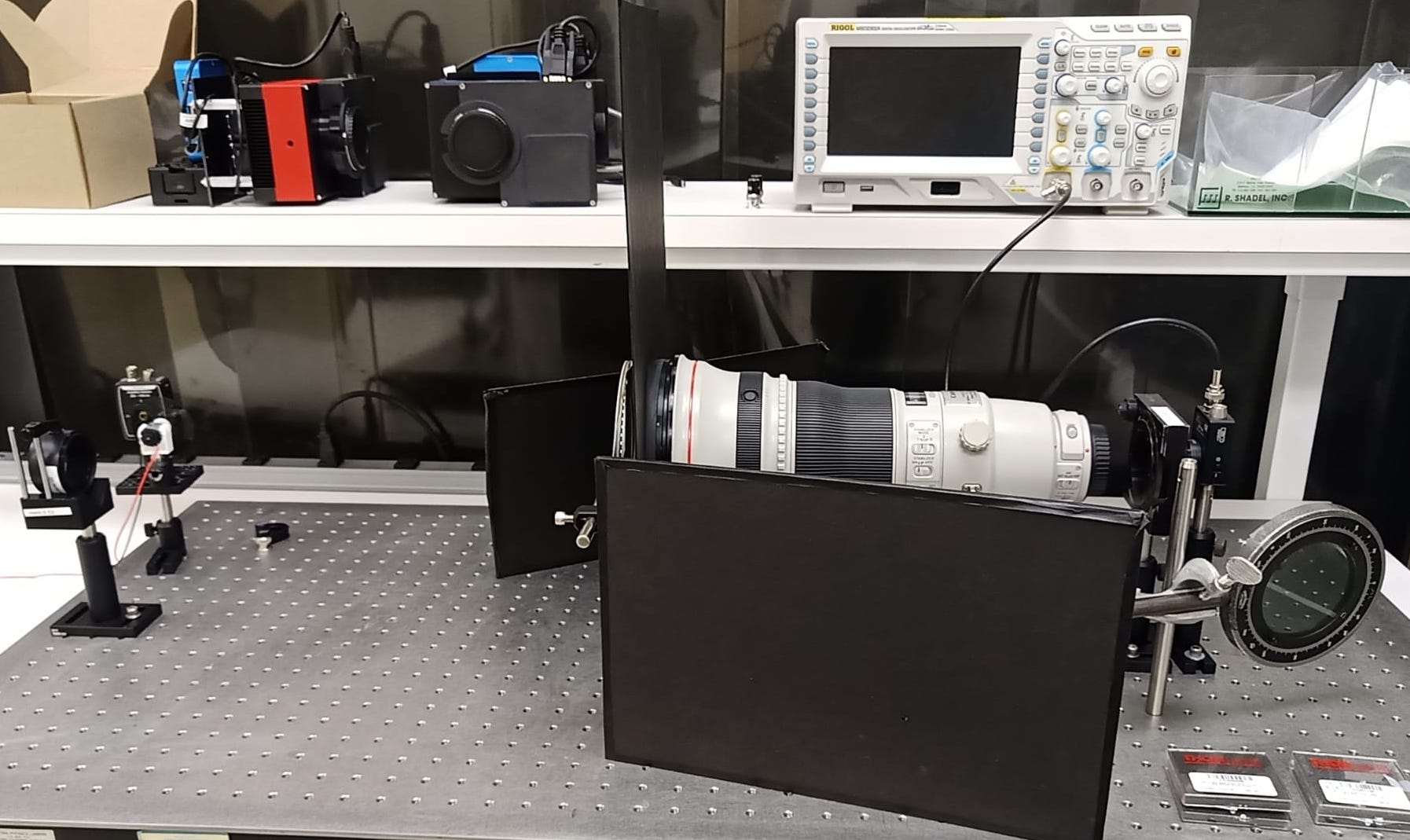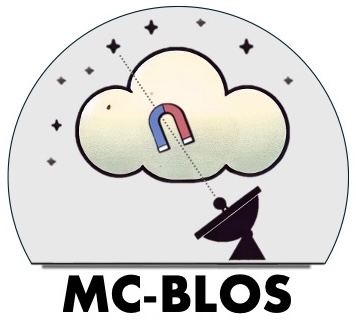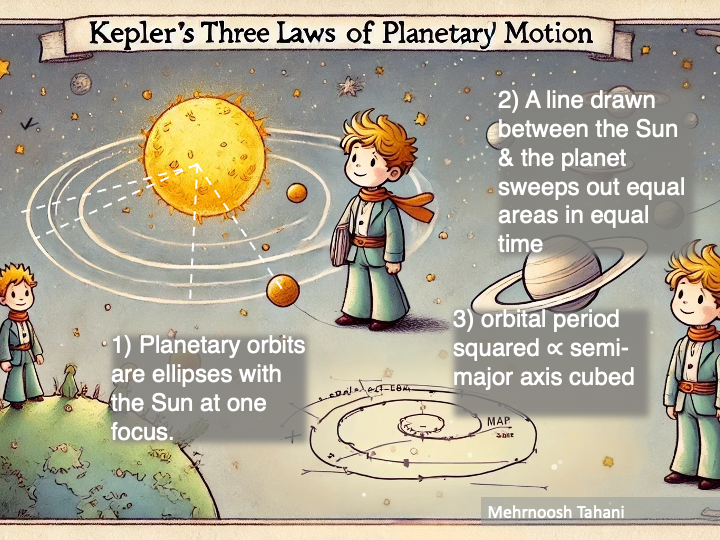An Innovative Technique for Next-Generation Radio Astronomy
Although there is an abundance of plane-of-sky magnetic field observations associated with molecular clouds, observations of their line-of-sight magnetic fields (Blos) are extremely limited. To address this issue, I pioneered a technique (named MC-BLOS) based on Faraday rotation to determine Blos associated with molecular clouds, outpacing Zeeman measurements. Faraday rotation is the rotation of the polarization plane of a linearly polarized electromagnetic wave as it passes through a magneto-ionic medium.
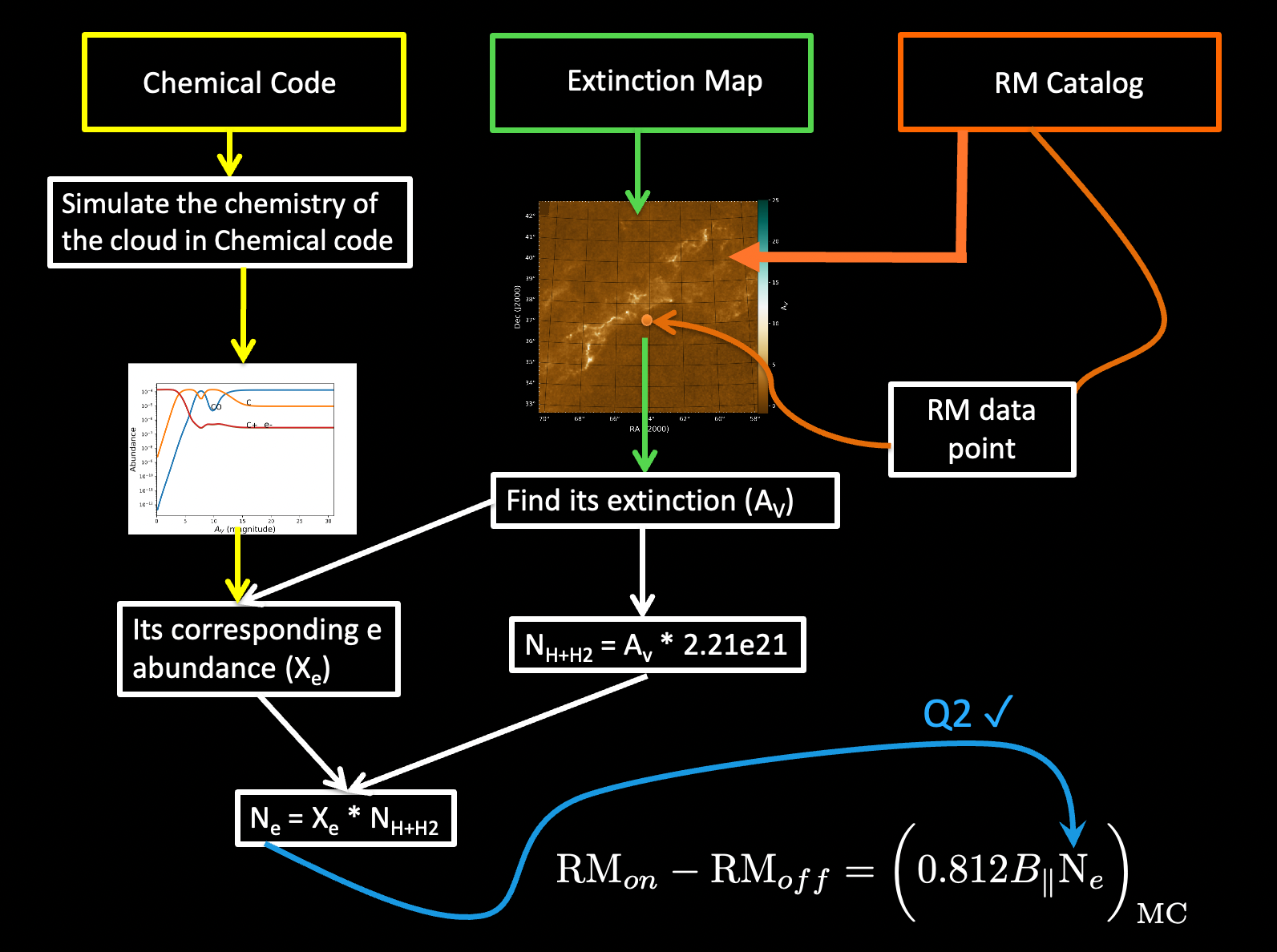
Due to the lower abundance of electrons in molecular clouds (a type of interstellar cloud known as a star-formation nursery) using the Faraday rotation technique to probe their magnetic fields was previously thought to be impossible, a challenge I sucessfully overcame during my PhD. The MC-BLOS technique utilizes the Faraday rotation of unresolved point sources (radio galaxies or pulsars), an ON-OFF approach, a chemical evolution code, and column density maps of the clouds. Please watch this video for a simplified explanation of the technique.
